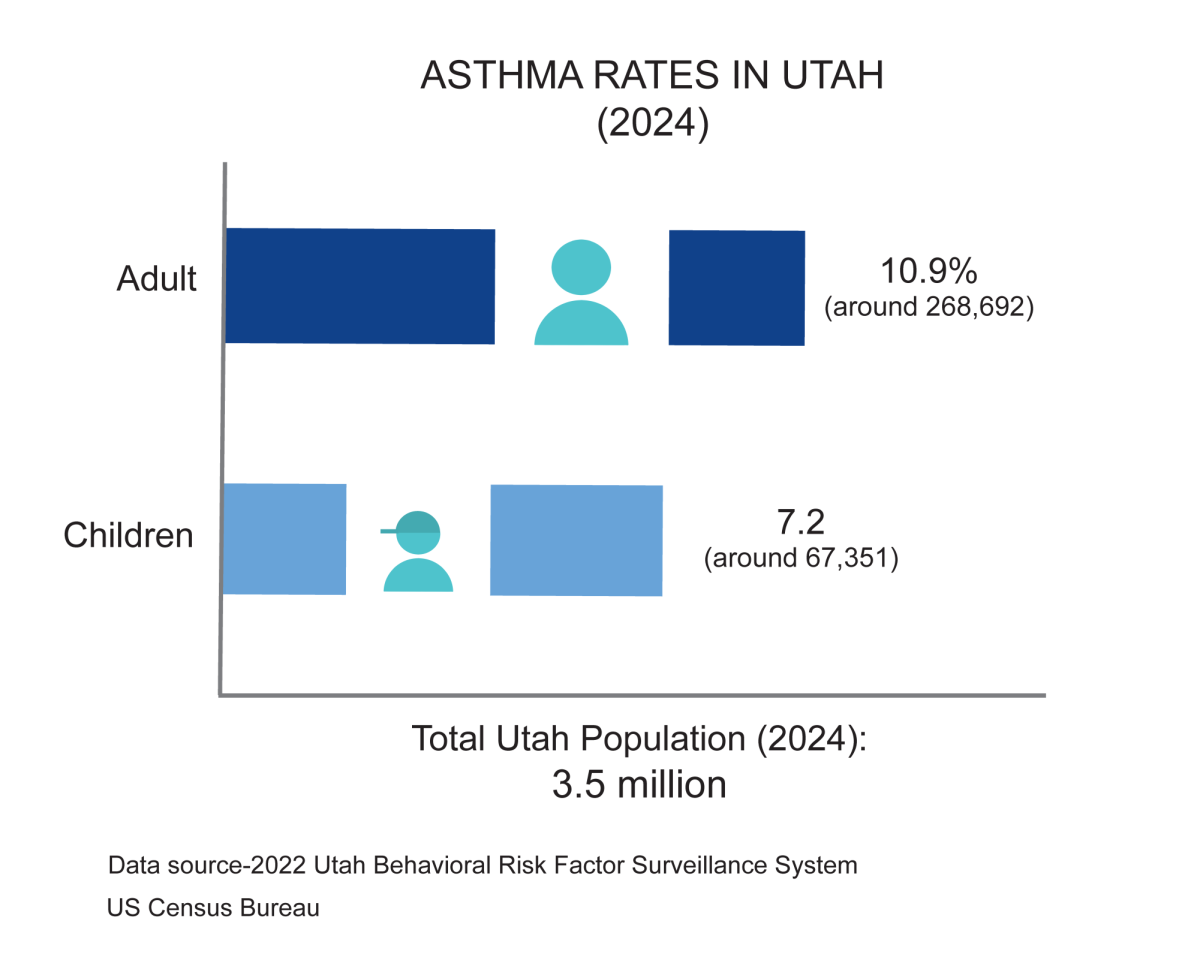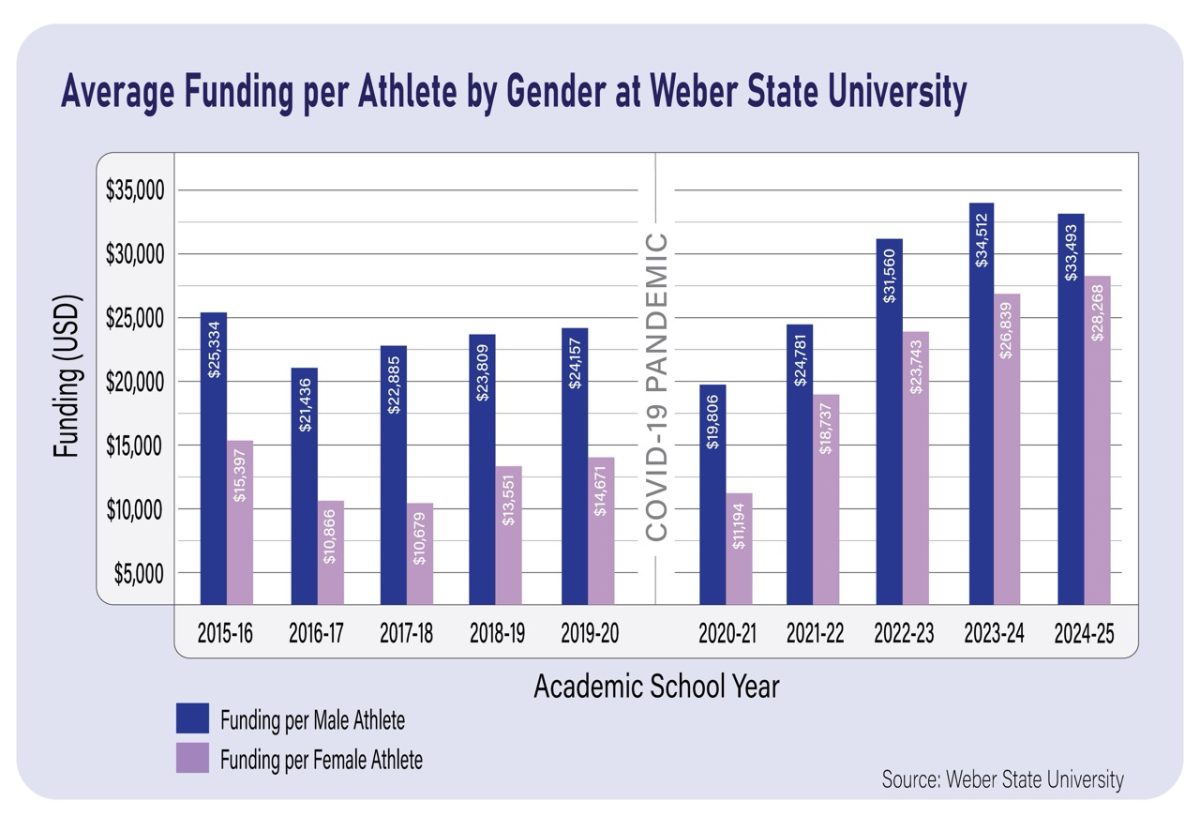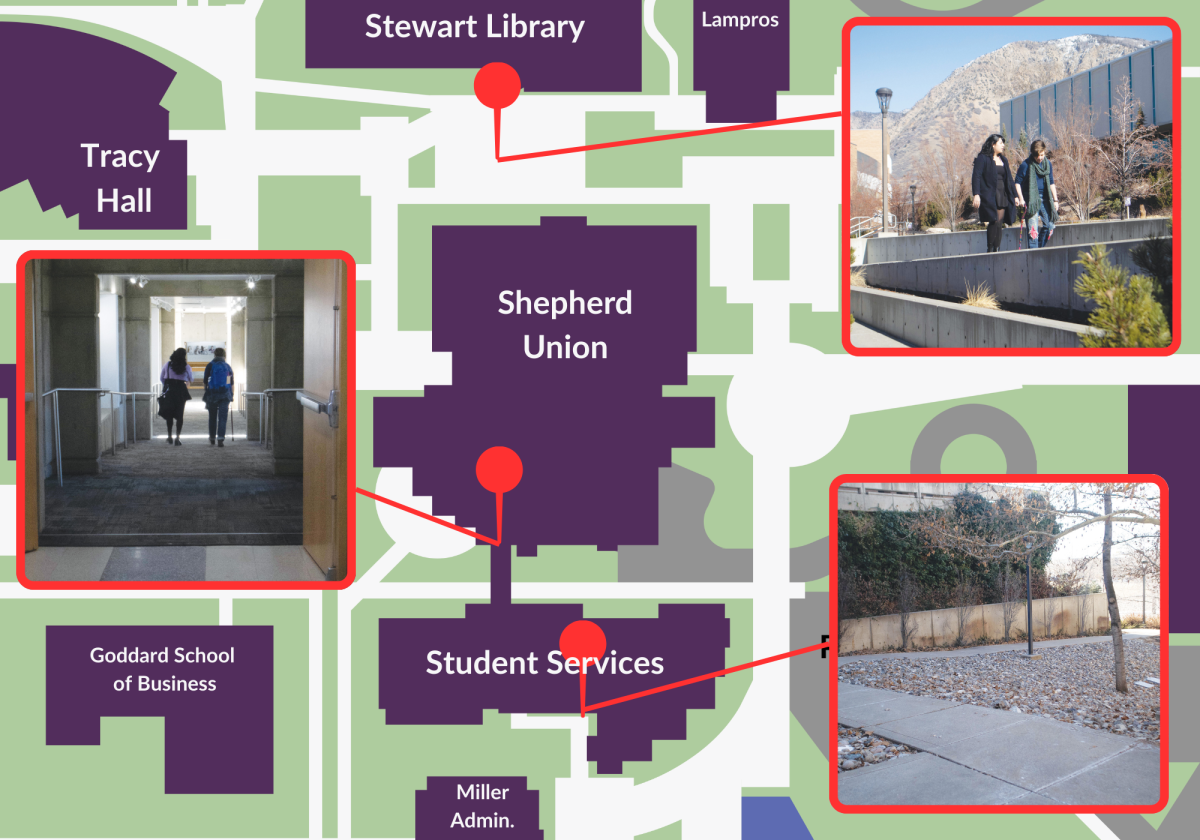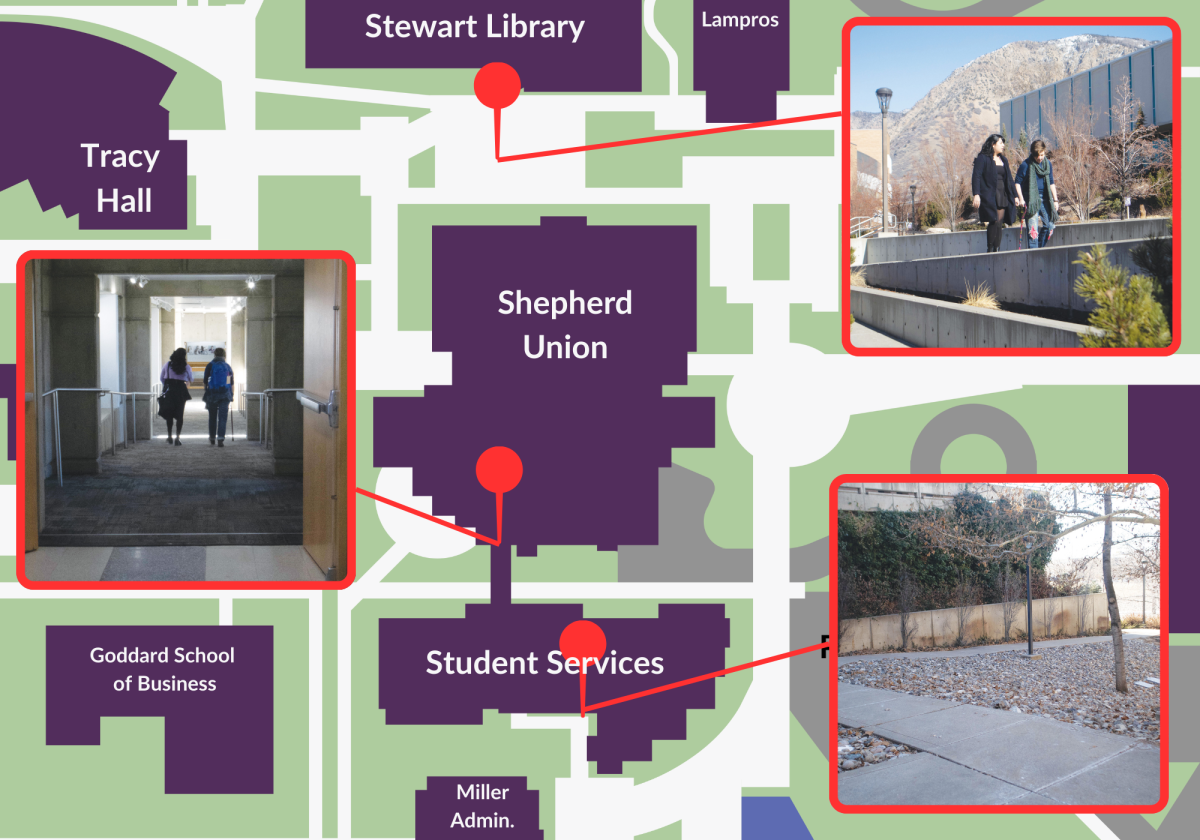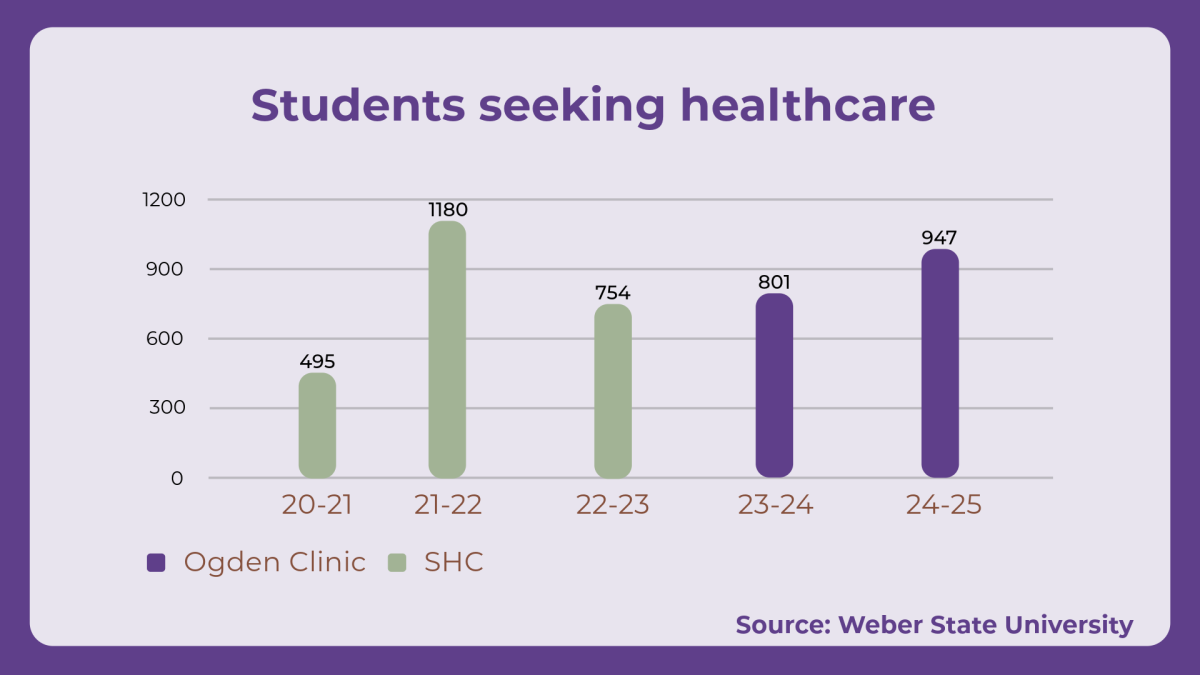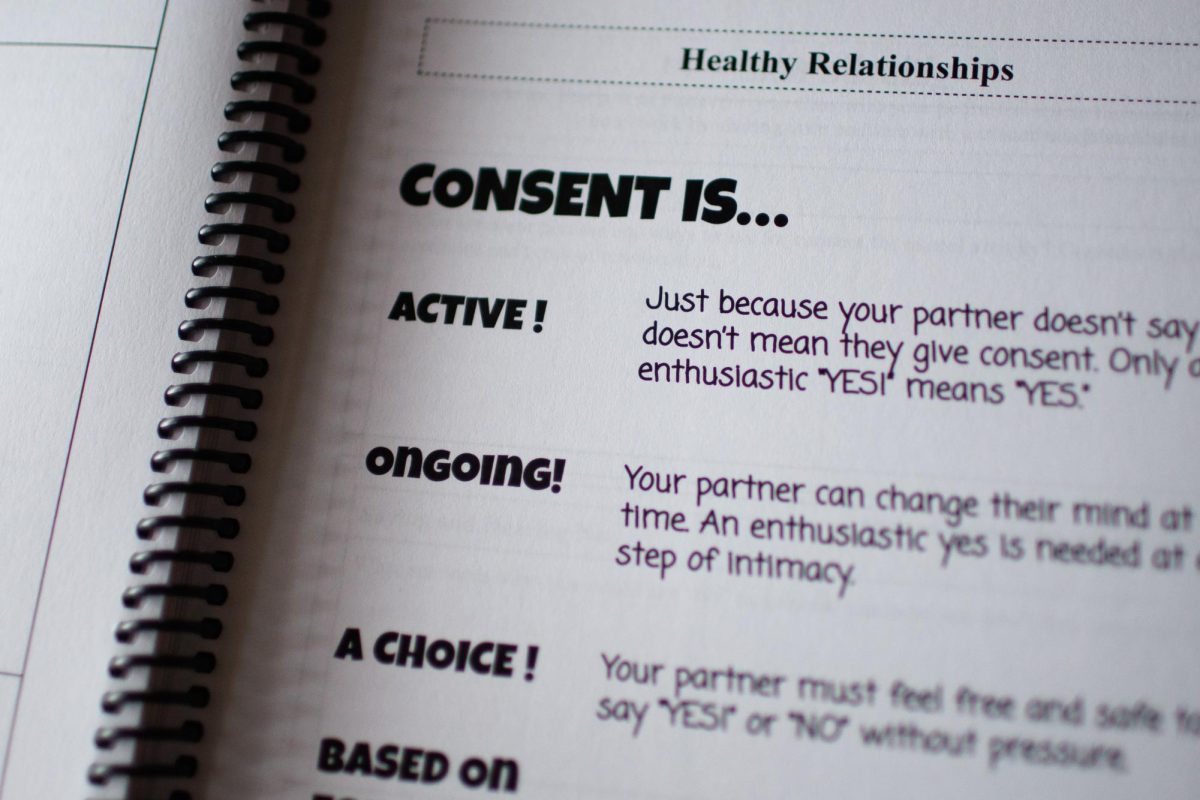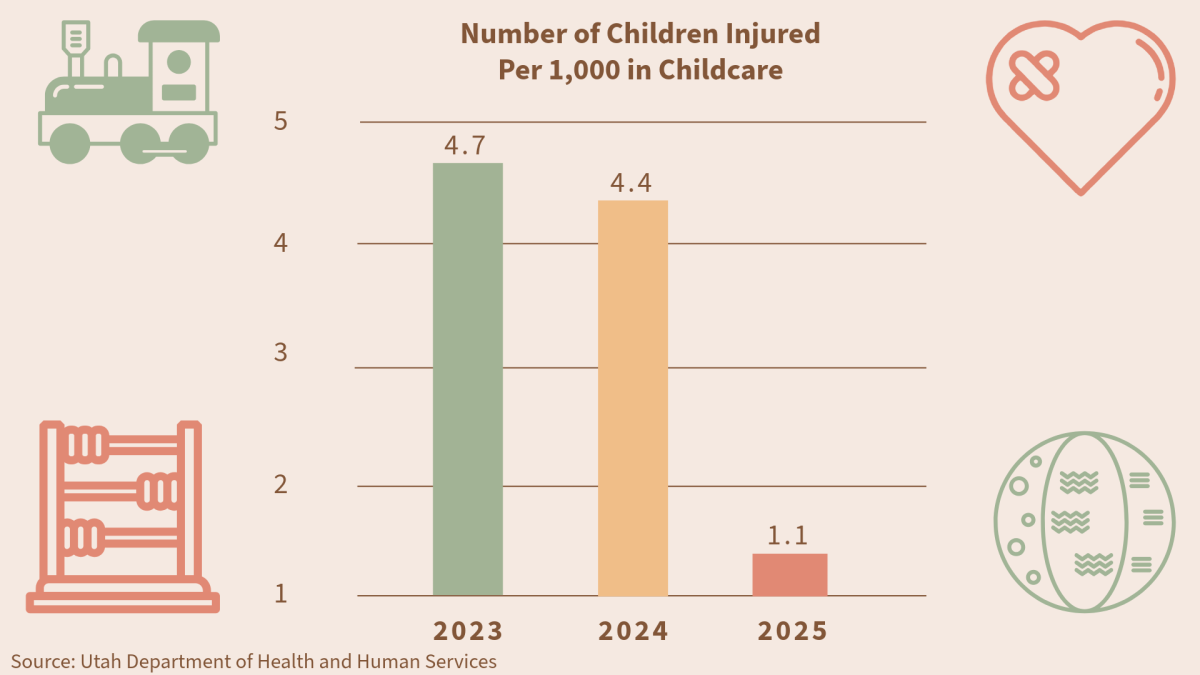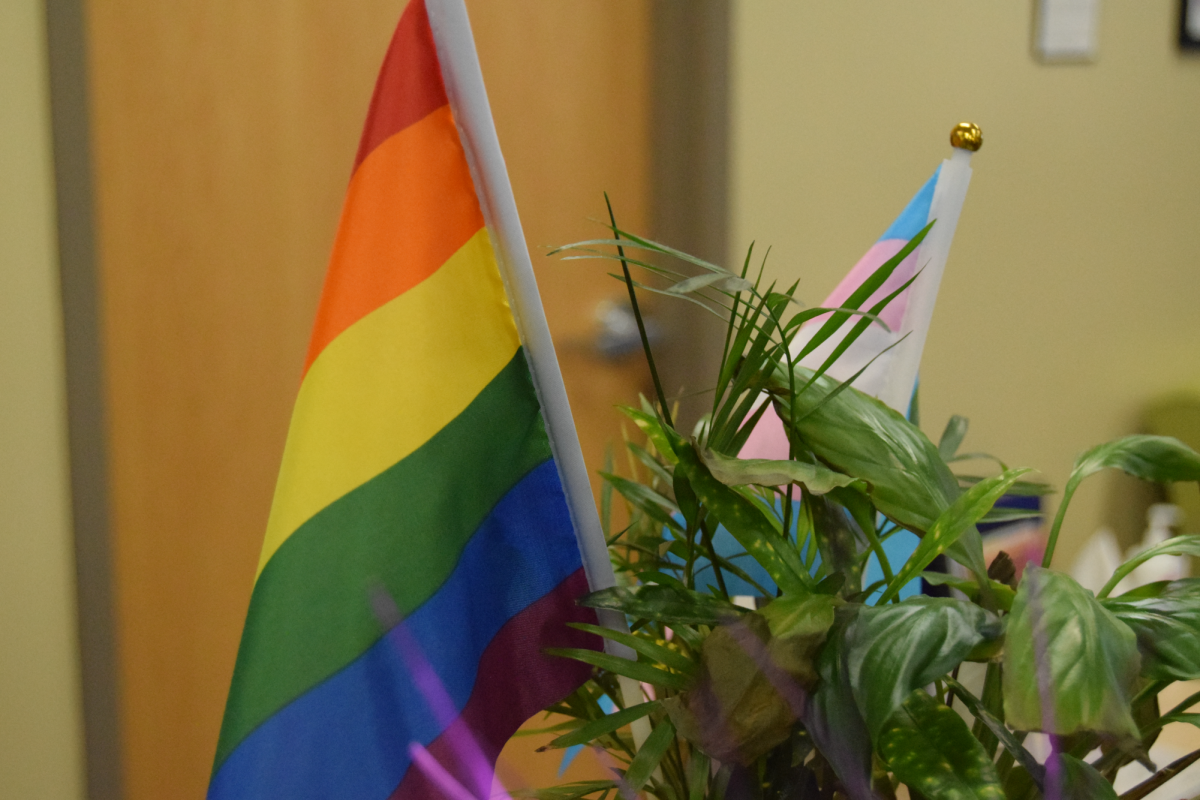
Winds going 195 mph left an estimated 2,000-2,500 dead in the Philippines after Super Typhoon Haiyan leveled buildings, flooded islands and left disaster in its wake. Nicknamed Super Typhoon Yolanda by locals, Filipino President Benigno Aquino III has reported that the initial projection of 10,000 may be “too high,” stating that the death toll is likely lower.
With the storm overtaking much of the island, food shortages, power interruptions and a lack of clean water continue to pose threats to survivors of the storm.
Originally hitting the Philippines on Nov. 8, the storm passed out of Filipino borders on Nov. 12 at 10 a.m. local time. According to official Filipino government record, there has been a total of 4,343 human casualties, including 1,774 dead, 2,487 injured and 82 missing. The affected population goes far beyond that, with 6,937,229 people in 39 provinces among them. Aquino declared a National State of Calamity on Monday, specifically affecting the areas of Samar, Leyte, Cebu, Iloilo, Capiz, Aklan and Palawan.
Of 41,176 houses damaged, 51 percent were completely destroyed. A total of 46199523.48 pesos (the equivalent of $1,063,326.95) has been reported in damages to infrastructure and agriculture from six regions. A total of 2,779,630,500 pesos ($63,871,000) in international assistance has been offered from 29 countries. The Red Cross, UNICEF, Oxfam, UNOCHA, CARE, the World Food Programme and Doctors Without Borders have also offered shelters, medicine and medical assistance.
According to U.S. State Department spokesperson Jen Psaki, two American citizens have been among the casualties. Names of the victims are not yet publicly available.
Weber State University nursing major Peggy Wallace said she feels for her friends from the Philippines who are unable to contact their families. “I would go over and help in a minute if I could,” she said. “I would love to just go over there.” She said she would be happy to help in whatever way she could from home.
The Church of Jesus Christ of Latter-day Saints released a statement reporting that all missionaries serving in the 21 missions located in the country are safe and accounted for. They are currently working to provide shelter, support and aid to those afflicted by the typhoon.
Haille Van Patten, a political science major, has a friend serving an LDS mission in the Philippines, but she found she was safe via Facebook. “I’d just hope for the best, and hope that I could help them in some way . . . but obviously there’s no easy way to get there, being a student, so honestly I’d just pray, hope for the best.” She said she would be interested in helping the people of the Philippines in some way. “Heck yeah, I would get involved! I’m all for helping other people.”
With WSU’s Center for Community Engaged Learning directors and service vice president currently out of the country scouting ground for the Summer 2014 Service Project, junior Chase Saxton has taken the initiative to help WSU bring relief to the Philippines.
A marketing and communications major, Saxton served an LDS mission in the Philippines, and said he is eager to provide aid in any way he can. WaterStep.org approached Saxton via Twitter about spearheading a project to take four water-purifying machines to the Philippines. The machines produce 10,000 gallons of water per day, and cost a total of $7,000 for all four. Their operation requires training.
“If we don’t raise enough money, we’re going to pay for the system and have it shipped to the Red Cross, but the problem there is having someone who can actively train people on it,” Saxton said. “(These machines) can not only help them now, but continue to sustain them if the storms come.”
The four systems enable four separate locations for the water-purifying machines, which will allow people in rural areas access to fresh drinking water. Saxton encourages those at WSU who want to help the Philippines in some way to either donate money or share the information over social media. Donations are currently being accepted at Fundly.com/relief-for-the-philippines-typhoon-haiyan, but Saxton is currently working on setting up a bank account that people can physically donate to.
“Clean water is one of the big things that I’m worried about,” said Asian students senator Nick Phinney. “That’s one of the big things that I’m worried about — there’s no clean water to drink. Diseases are going to start coming about, they’re going to start spreading. That’s one big push that I want to help get out there.”
Originally from the Philippines, Phinney was one of the few who has already been able to contact his family.
“The towers and stuff were down, so we were without contact for at least two days . . .,” he said. “I know that there are others on campus too that have family there that might have been affected . . . I would send them my love as their senator, and tell them that I’m in action right now in getting fundraising for them. If they need anything, they can come to me; we can find ways to try and contact their family . . . our prayers and our love go out to them.”
Ely Velez, a radiology major, said she feels for those who have family in the Philippines and aren’t able to reach them, having had a similar experience with hurricanes Manuel and Ingrid in Mexico.
“It was devastating to have family over there and not be able to contact them, but, you know, just keeping a prayer in your heart was all you could really do, because, you know, there really wasn’t any way to contact them or anything until later on,” Velez said. “It would be really hard, I think . . . It’s like basically your whole life is just changed.”



